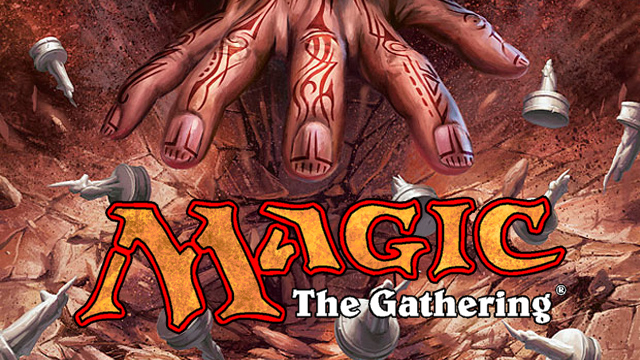
Magic: The Gathering received a new expansion on April 28 -- titled “Amonkhet” -- that includes 264 new cards with a whole set of unusual mechanics. But before you play "Amonkhet," it would be appropriate to remember some of the strangest cards that Magic has ever seen.
It is no surprise that the vast majority of such cards belong to the earliest stages of the Magic development, when designers didn’t really have much experience with the game and made tons of weird mistakes. All this resulted in a bunch of peculiar cards that we want to show you today.
All 11 cards in this list are presented in the order of their appearance in the game.

Chaos Orb
Year: 1993
Expansion: Limited Edition
This is probably the most unusual card from the core set of Magic: The Gathering. It allows players to literally throw it from the height of a foot on to the board and destroy all of the opponent’s cards that it touches.
The strangest thing is that the designers thought it was a good card, and just a year later, it was reprinted as the Falling Star in the "Legends" expansion. If you play any of these two cards in a casual, fun way, then there is obviously no problem -- but what do you do in the competitive environment?
It is cards like Chaos Orb and Falling Star that create tons of confusion for both players and judges.
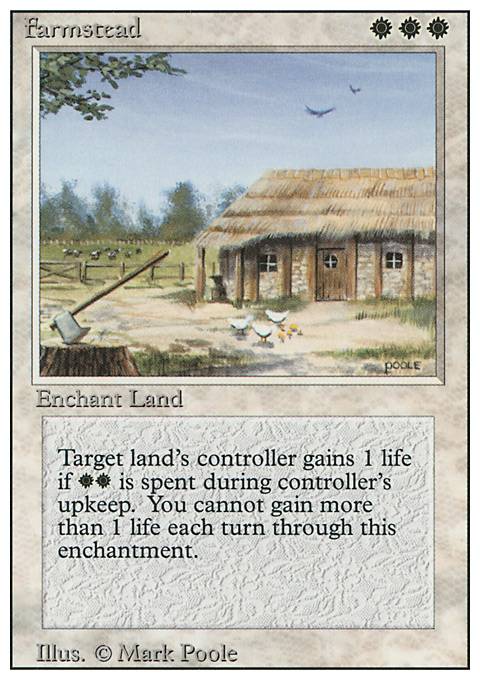
Farmstead
Year: 1993
Expansion: Limited Edition
This Land card is hilarious because it clearly mocks all noob Magic players. Basically, it means that this card will turn your excess white mana into health points. It’s as if the designers tried to say: “Hey, if you’re bad at deck-building, here’s at least some extra health for you.”
A good deck utilizes mana very accurately, and you almost never should end up with excess mana, unless something totally unexpected happens. So if you open this card in your booster pack, just throw it away, because nobody will buy it.
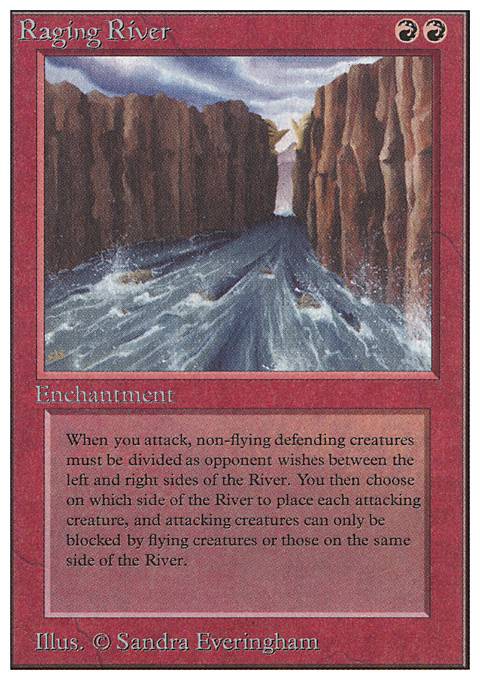
Raging River
Year: 1993
Expansion: Unlimited
Here’s another utterly confusing card from one of the earliest Magic expansions. Clearly, this enchantment is made for messing up the combat, but the resolve is so complicated that at the end, you don’t know what to do and how to end this nightmare.
Some players like to annoy others by casting duplicate sorceries on it and doubling the effect -- as a result, the opponent just gives up entirely. If this kind of strategy attracts you, then give it a go. But beware of the swearing coming from the opposite side of the table.

Shahrazad
Year: 1993
Expansion: Arabian Nights
First of all, there’s way too much text cramped in that small space of a card. In short, this card forces players to play another game of Magic using their libraries as decks. The winner of this sub-game deals damage equal to half of his/her opponent’s life total.
Of course, when played by a knowledgeable player, it can deal tons of damage for just 2 mana. But imagine how annoyed the opponent would be to lose in such a weird way. The experience must be utterly frustrating.
Fortunately, Shahrazad was banned from all the Magic formats, and nothing similar was printed ever again.

Divine Intervention
Year: 1994
Expansion: Legends
Just think about this card for a moment -- you pay 8 mana for an enchantment that forces the game to end in a draw. Why would anybody do such a thing? Players would rather win or lose the game, and if you want to spend 8 mana on something, then don’t spend it on Divine Intervention.
Really, if you have so much mana to spend at the end of the game, anything else would be better. Why would the Wizards print such a strange counter-productive card is beyond anybody’s understanding today.
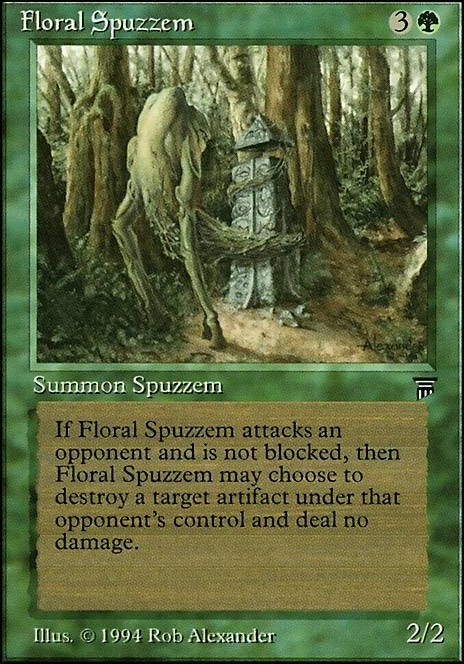
Floral Spuzzem
Year: 1994
Expansion: Legends
There is nothing wrong about the mechanic of this card, but the wording is just really strange. It implies that the card itself should make the decision, if it wants to destroy a target artifact or not. How the heck can a card decide anything?
Of course, the further rulings cleared everything up, and the one who takes the decision… surprise -- it’s the player who controls the Floral Spuzzem. What was happening when they drafted a text for this card nobody can tell, but something weird must have been happening -- that’s for sure.

Sorrow’s Path
Year: 1994
Expansion: The Dark
If you want to play the Land that hurts you, then play Sorrow’s Path. However, there are a few tricks you can use to your advantage. One of them involves the Donate card that makes your opponent own Sorrow’s Path, and it will start hurting them instead of you.
But who likes to play that nasty? Really, it’s up to you -- Magic players are probably some of the smartest and open-minded people when it comes to all these weird game mechanics.

Apocalypse Chime
Year: 1995
Expansion: Homelands
"Homelands" is universally considered to be the worst expansion in the history of Magic: The Gathering. Reportedly, the game designers that worked on the set didn’t communicate too closely, which resulted in a pretty unremarkable collection of cards. The Wizards of the Coast didn’t even want to print the set in the first place, but due to contract obligations, it had to be done.
However, there are some gems in "Homelands" that deserve to be mentioned in this list, such as Apocalypse Chime. When played, it destroys all the other cards from the "Homelands" expansion that are involved in the matchup on both sides, without any chance at being regenerated.
A card like this could be either a total call of desperation -- or just a troll move on the side of designers.

Goblin Game
Year: 2001
Expansion: Planeshift
If you read the text on this card and still don’t understand what exactly it wants you to do, then wait a bit and read the rulings. However, do not expect them to clear things any further. Here’s an example:
“When it comes to choice of items, use common sense. Items should be small enough to hide but large enough to count. Make it clear what kind of object you are hiding beforehand.”
That’s just odd, to say the least. It’s fine if you have objects to hide when you bring this card to the table, but what about the other player? It just doesn’t make much sense, and functions more as a prank rather than the real interaction in the game.

Steamflogger Boss
Year: 2007
Expansion: Future Sight
There are two big questions to this card design: first, is the “Rigger” keyword, and second, is the “Contraption” keyword. You see, these two keywords have never been used in any card neither prior nor after they printed Steamflogger Boss.
This means that this card has absolutely no way of interacting with any other card in the game except itself. You may find some troll jokes from the seasoned Magic players about how this card has won them the tournaments due to Contraption mechanic and such. But do not believe any of that -- the Magic community just loves making fun of their own game too much.

Scrambleverse
Year: 2011
Expansion: Magic 2012
If you want to ignite a complete chaos during the matchup, then play Scrambleverse. This card is able to bring fun to any matchup. You and the other player must lay out all the permanents on the board, and then use dice to choose the owner of one particular permanent at random.
This RNG fest can either make or break the game for you, so it’s definitely risky. You never know what each player will end up with, and you can’t predict anything in this way. The only “drawback” of Scrambleverse is its price -- for 8 mana you want something a bit more reassuring.
----
Do you know of other weird Magic: The Gathering cards that have been omitted from this list? Share your personal choices in the comments section below.

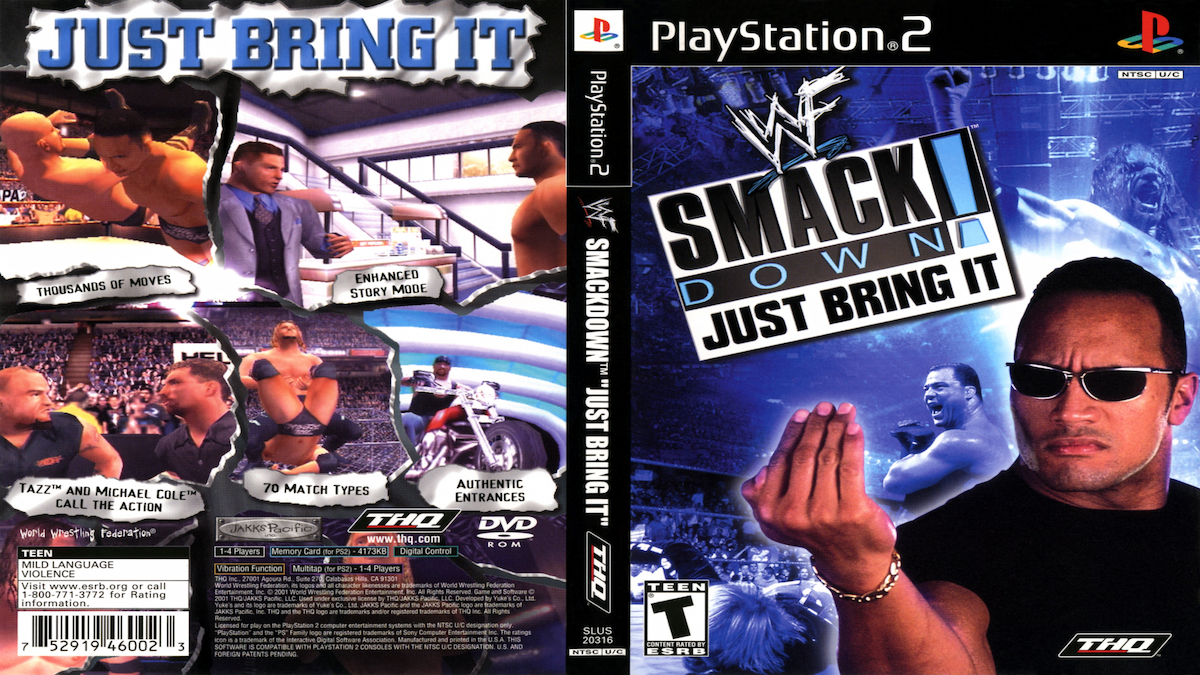




Published: Apr 27, 2017 12:41 pm